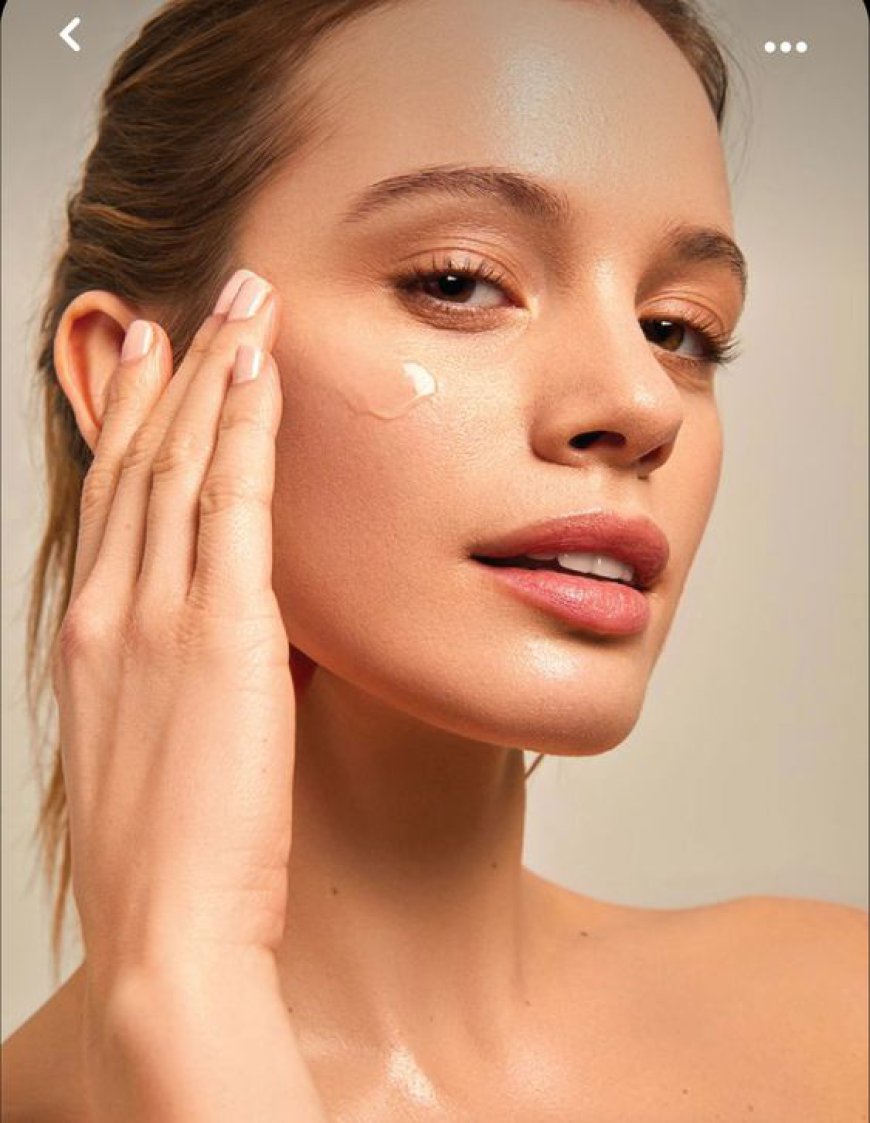Dermal Fillers for Wrinkle Reduction

As we age, our skin undergoes significant changes that can lead to the development of wrinkles, fine lines, and sagging. These signs of aging can affect our self-esteem and overall appearance. Fortunately, advancements in cosmetic dermatology have introduced various solutions for wrinkle reduction, among which dermal fillers have gained immense popularity. This article delves into what Dermal Fillers Injections in Dubai are, how they work, their benefits, types, and important considerations for those considering this cosmetic procedure.
What Are Dermal Fillers?
Dermal fillers are injectable substances used to restore volume, smooth out wrinkles, and enhance facial contours. Unlike botulinum toxin (Botox), which temporarily paralyzes muscles to reduce the appearance of wrinkles caused by muscle movement, dermal fillers work by filling in the gaps beneath the skin. This can help restore a youthful appearance by plumping up the skin and reducing the visibility of wrinkles.
How Do Dermal Fillers Work?
When injected into specific areas of the skin, dermal fillers add volume and hydration, effectively filling in wrinkles and fine lines. The fillers work by attracting water to the injected area, which helps to create a plump and smooth appearance. The results can be immediate and often last for several months, depending on the type of filler used and the individual’s skin type.
The Procedure
The procedure for administering dermal fillers is relatively straightforward. A trained healthcare professional will:
-
Consultation: Discuss the patient’s goals and expectations, assess their skin, and determine the best approach.
-
Preparation: The area to be treated is cleansed, and a topical anesthetic may be applied to minimize discomfort.
-
Injection: Using a fine needle or cannula, the filler is injected into the targeted areas. The practitioner will skillfully inject the filler to ensure even distribution and natural-looking results.
-
Post-Procedure Care: Patients are typically advised on aftercare, which may include avoiding strenuous activities, excessive sun exposure, and certain skincare products for a short period.
Results and Longevity
Results from dermal fillers can be seen immediately, with optimal effects appearing within a few days as any swelling subsides. The longevity of results varies depending on the type of filler used:
-
Hyaluronic Acid Fillers: These are the most common type of dermal fillers, with effects lasting from six months to a year. They are known for their natural feel and are reversible with an enzyme called hyaluronidase.
-
Calcium Hydroxylapatite Fillers: Typically last about 12 to 18 months and are commonly used for deeper wrinkles and volume loss.
-
Poly-L-lactic Acid Fillers: These stimulate collagen production and can last up to two years. They are often used for facial volume restoration.
Benefits of Dermal Fillers
Dermal fillers offer several benefits for those looking to reduce wrinkles and enhance their appearance:
-
Immediate Results: One of the most appealing aspects of dermal fillers is the instant gratification they provide. Patients often leave the clinic looking noticeably refreshed.
-
Minimal Downtime: Unlike surgical procedures, dermal fillers require little to no downtime. Most patients can resume their daily activities immediately after the treatment.
-
Customizable Treatment: Fillers can be tailored to meet individual needs, allowing for precise adjustments based on facial structure and personal goals.
-
Natural Appearance: When administered by a skilled professional, dermal fillers can produce natural-looking results that enhance rather than change one’s appearance.
-
Versatility: Dermal fillers can be used in various areas of the face, including the cheeks, lips, under the eyes, and nasolabial folds, making them a versatile option for facial rejuvenation.
Considerations and Risks
While dermal fillers are generally considered safe, potential side effects can include bruising, swelling, redness, and allergic reactions. It’s crucial for individuals considering dermal fillers to be aware of the following:
-
Choose a Qualified Practitioner: Ensuring that the procedure is performed by a board-certified dermatologist or qualified medical professional is vital to achieving safe and effective results.
-
Discuss Medical History: Patients should inform their provider about any medical conditions, allergies, or medications they are taking to avoid complications.
-
Understand Expectations: While dermal fillers can provide significant improvements, they are not a permanent solution. Patients should have realistic expectations about the outcomes and longevity of results.
Conclusion
Dermal fillers have become a popular choice for individuals seeking to reduce the appearance of wrinkles and restore volume to their skin. With their immediate results, minimal downtime, and customizable nature, they offer a compelling option for facial rejuvenation. However, potential patients should take the time to research, consult with qualified professionals, and consider their individual needs and expectations before proceeding. With the right approach, dermal fillers can help individuals achieve a more youthful and refreshed appearance, enhancing their confidence and overall quality of life.
